

We have a fair amount of casting materials in our fablab, so we decided to try some in different molds.

As first object we decided to make silicone clamps (for any questions about the reason for this object, contact our fellow mate Danilo).
We used Silplay 184/30, which is a two-component silicone rubber. This product, after the union of the two components, vulcanizes at room temperature without the need to be baked in the oven and without other precautions.

Then Sintafoam, is a two-component polyurethane liquid product that allows to obtain compact and rigid final products, with excellent impact resistance. The pieces are ivory in color with a compactness similar to that of ABS and can then be painted and glued. Very fluid and smooth, it is able to penetrate all cavities very well and faithfully reproduce every detail of the mold. It does not give off strong odors and is easy to use.

And finally Smooth on smooth-cast 325, urethane resin that was developed specifically for adding color pigments and fillers to achieve true color representation or filler effect.

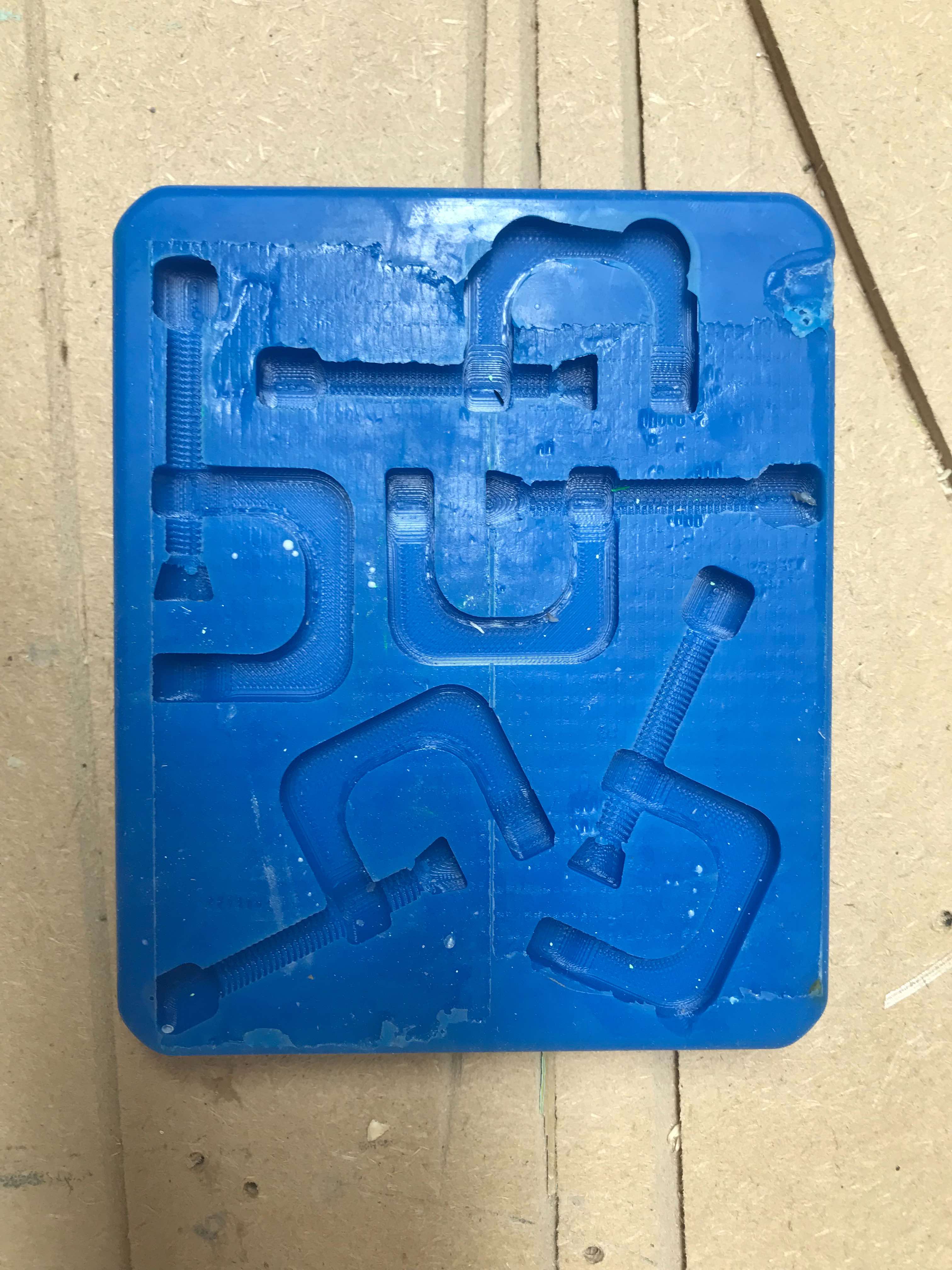
This is the final result:
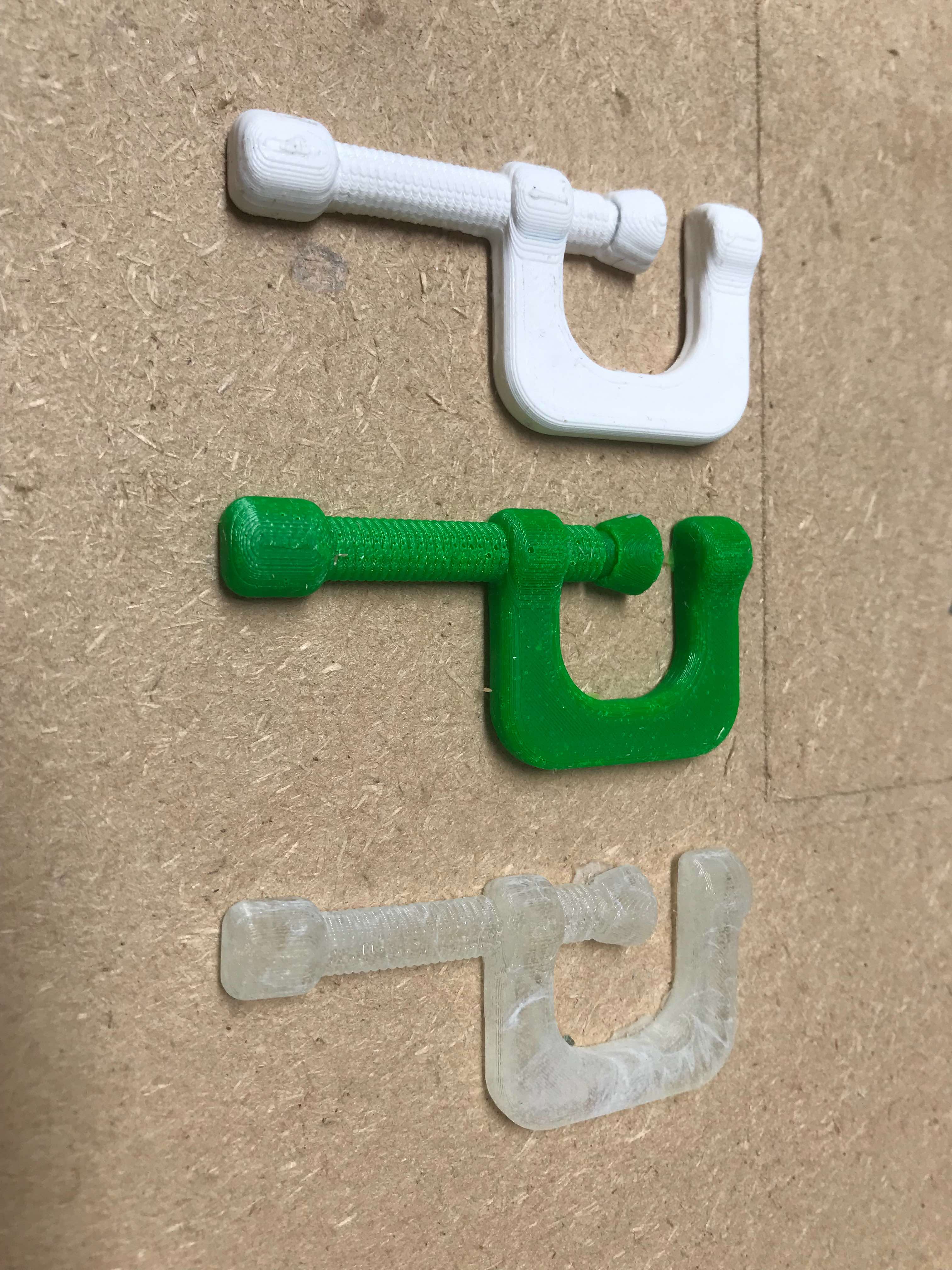
Some time ago our mate Danilo built a rotational molding machine, and who are we to not want to try it? This time we decided to mold small jersey barriers, as they are made in real life with rotocasting.

The materials used are Sintafoam and rapid cement with colored pigments.
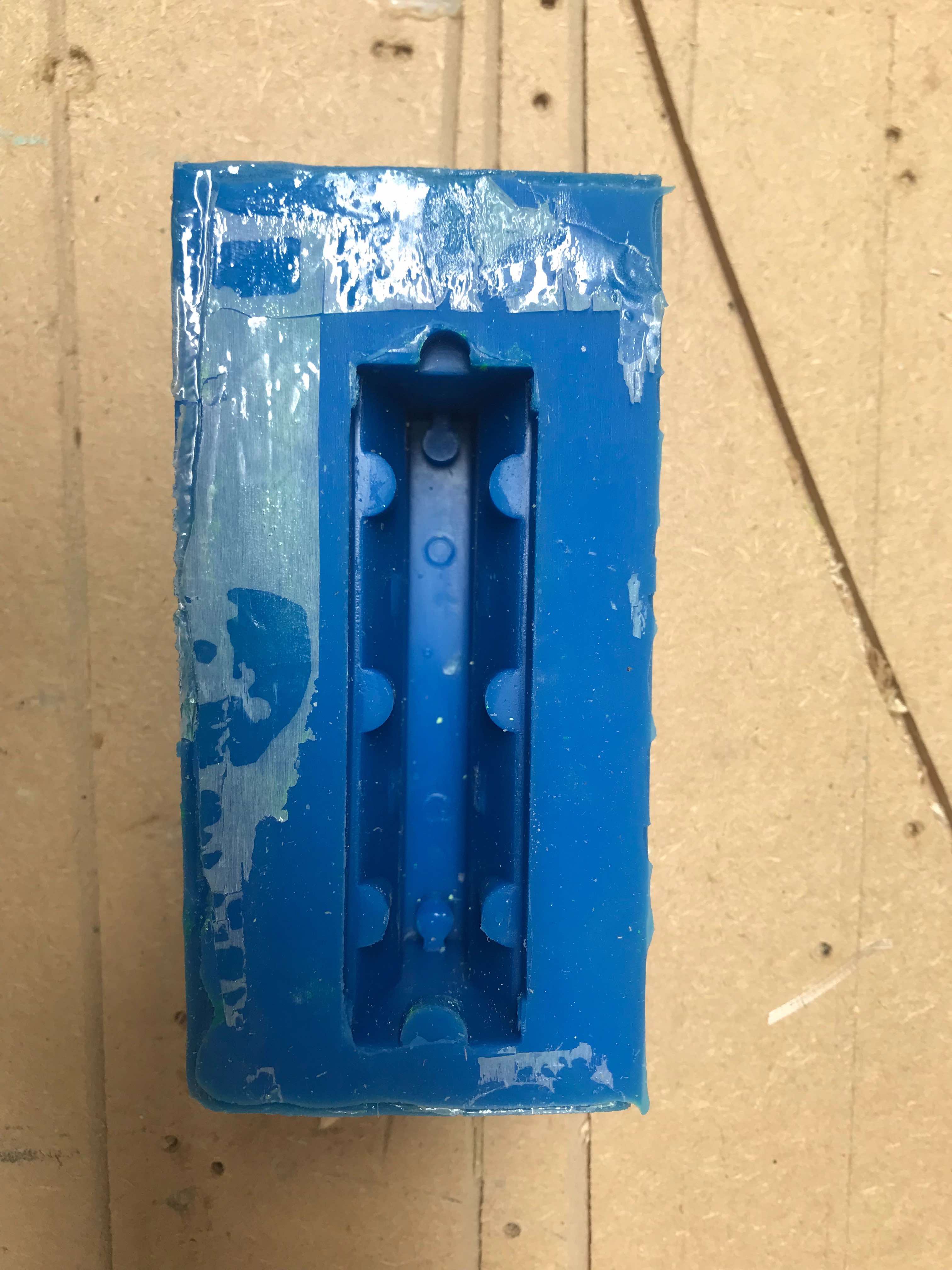
We just have to pour the material and start turning the knob manually, until the arm comes off, at which point it should be ready!
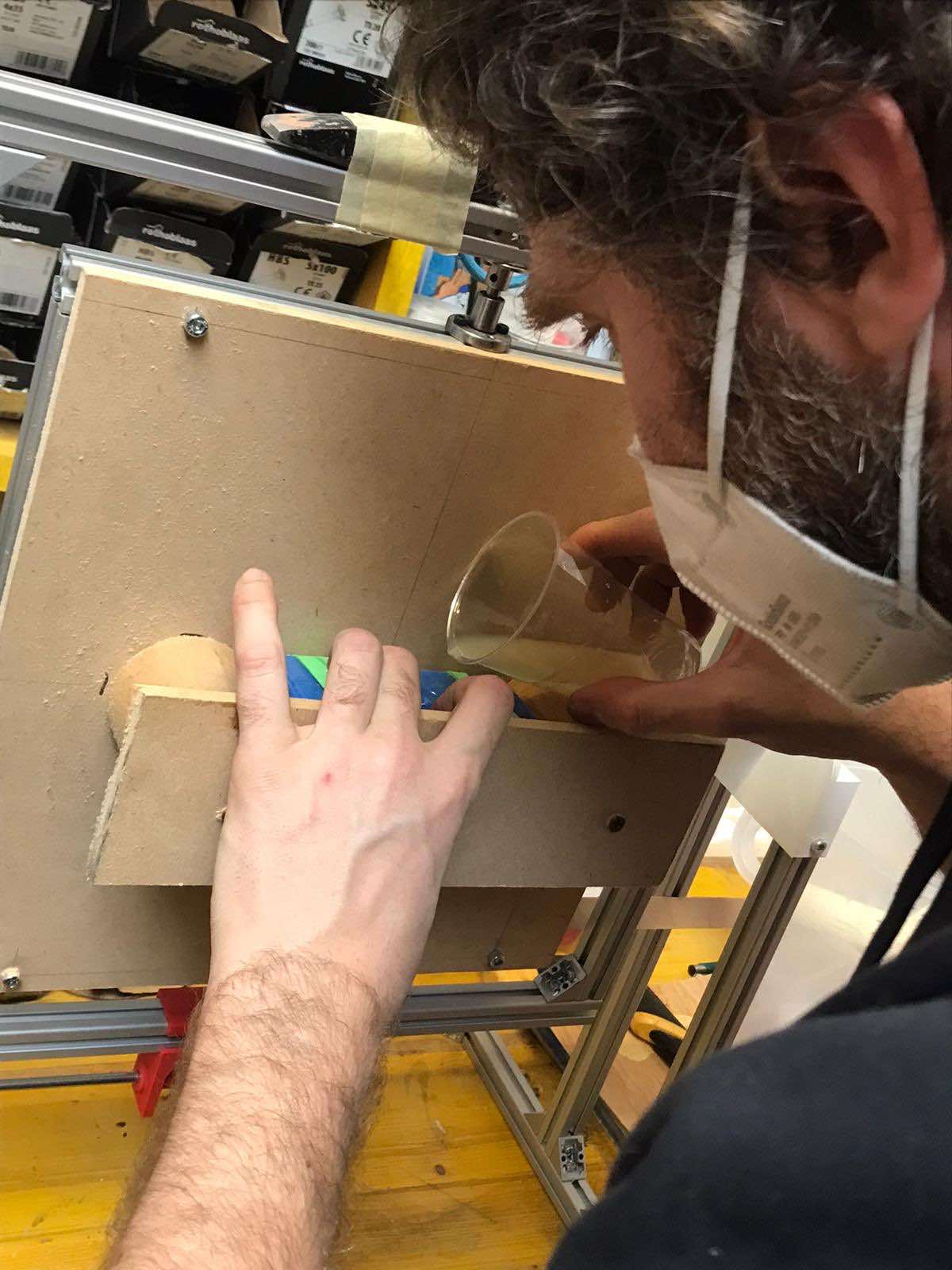
These are the results:
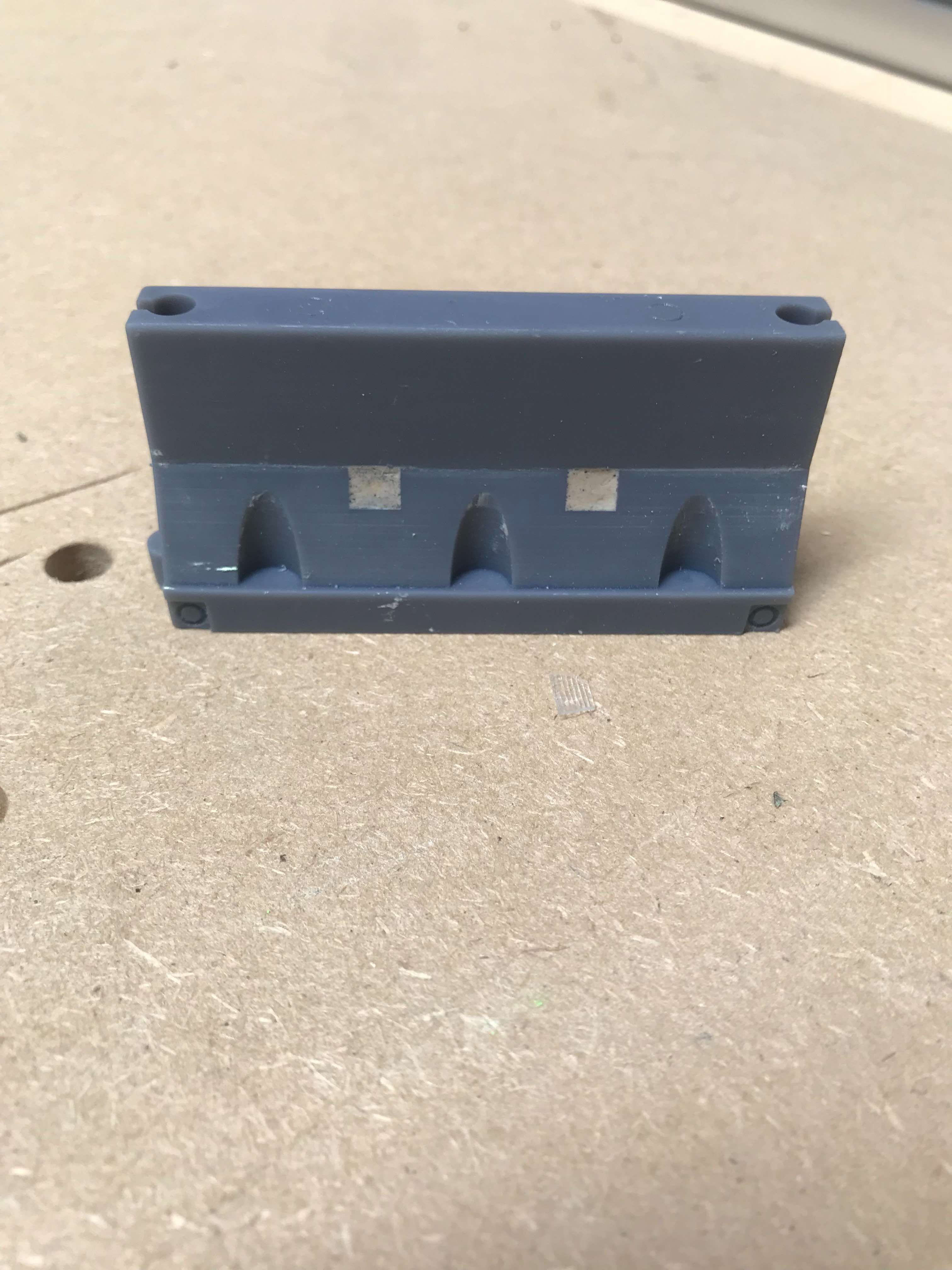

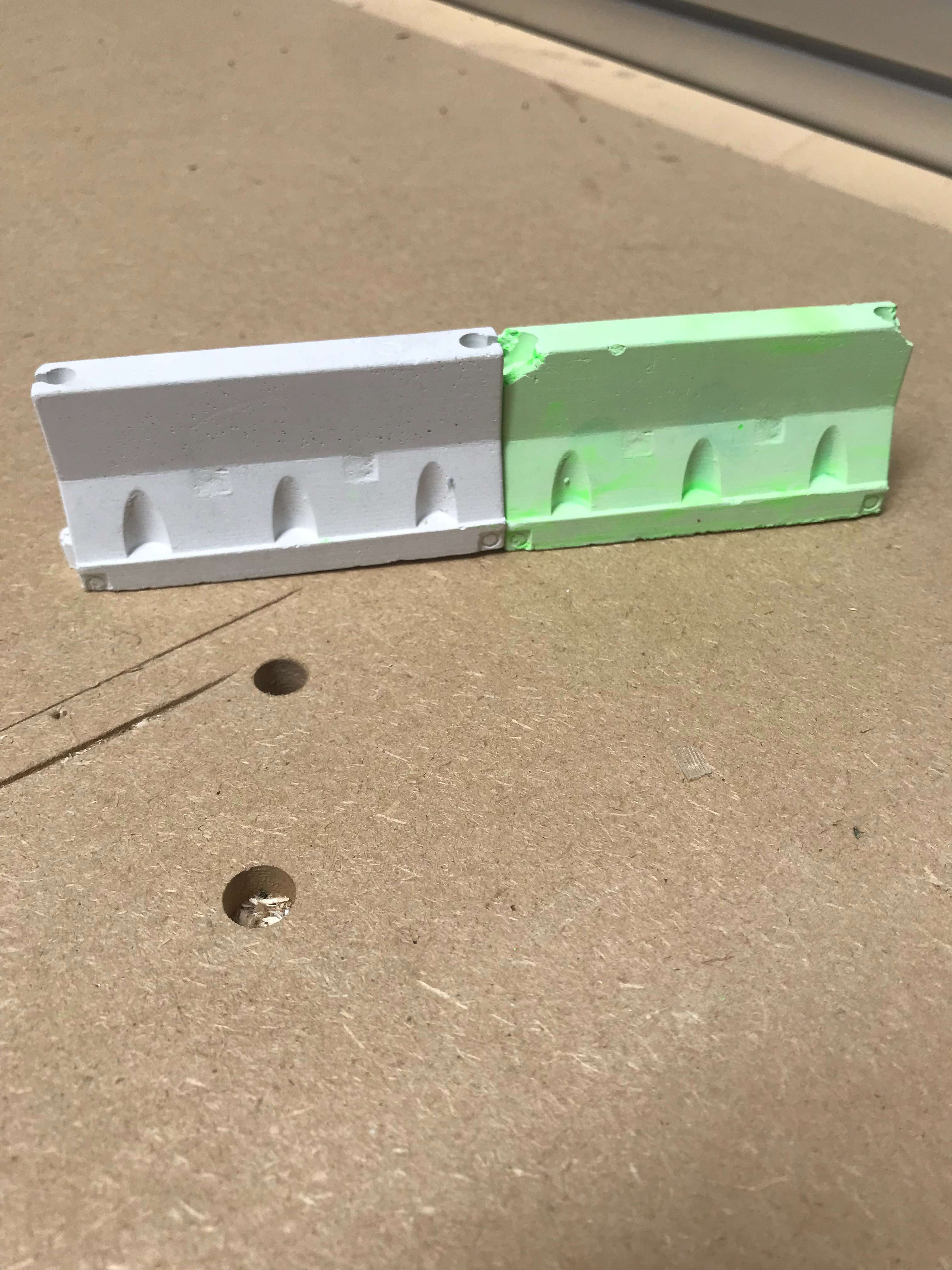
Certainly not very precise, machine fault probably, but it gave us the possibility both to experiment with different materials and with handcrafted machines.
Both the molds were made using Smooth-on mold star 30, an easy to use platinum silicones which are mixed 1A:1B by volume (no weighing scale necessary). It feature relatively low viscosities and vacuum degassing is not required for most applications. It’s a harder material, with a 30A Shore hardness.